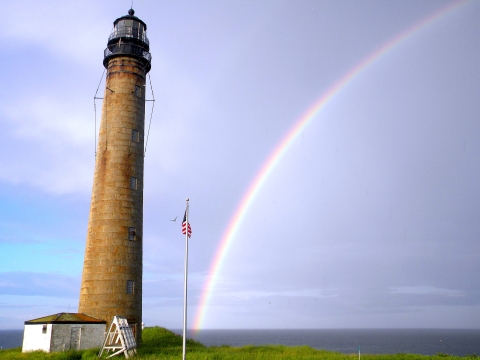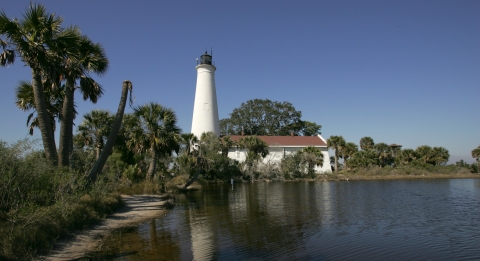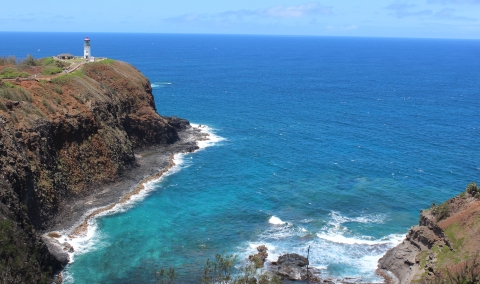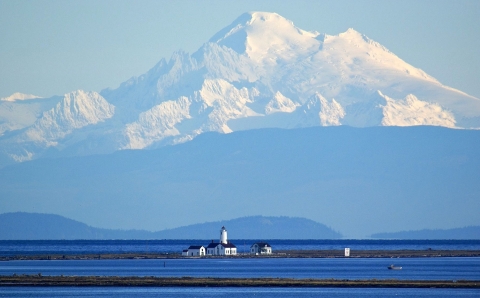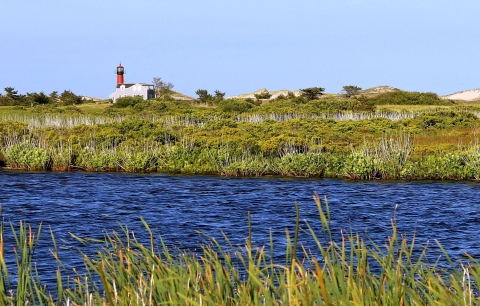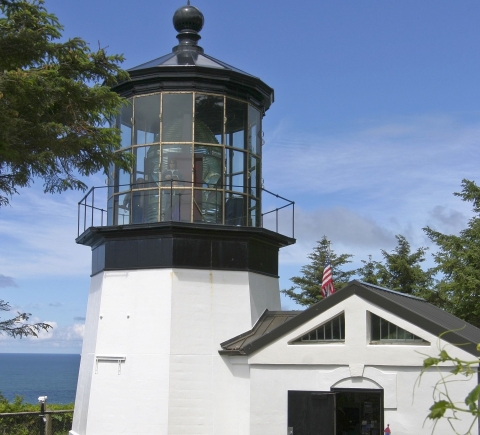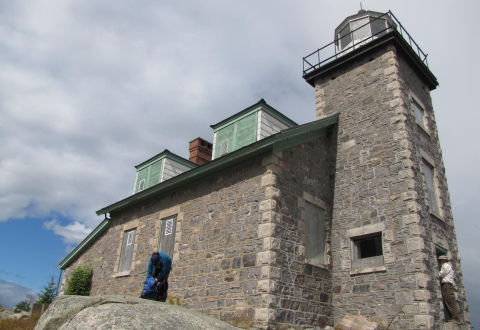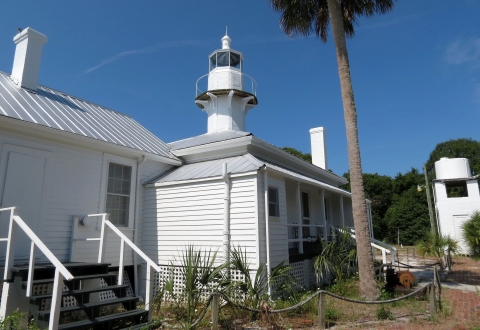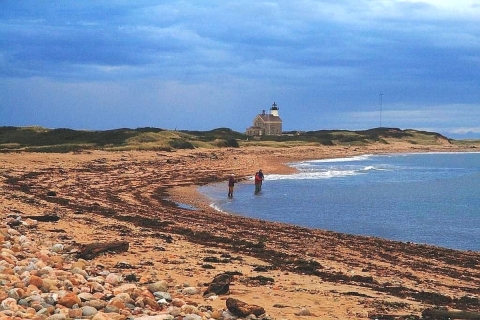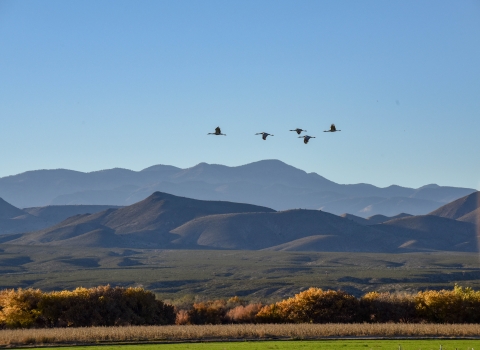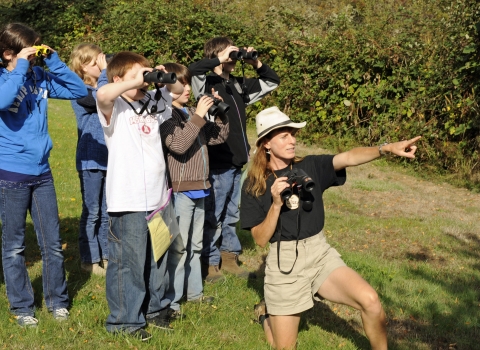Everybody loves a lighthouse. Or so it seems – especially in summertime.
The National Wildlife Refuge System is home to some of the most beautiful lighthouses in America. Each one traces its history to a time before computer navigation — a bygone era when maritime travelers were guided by sight, sound and their wits, not by automated GPS.
“Lighthouses don’t go running all over an island looking for boats to save; they just stand there shining.”
~ author Anne Lamott
More than two dozen lighthouses stand on U.S. Fish and Wildlife Service land managed by national wildlife refuges. Another half-dozen sometimes are associated with a refuge but are not located on U.S. Fish and Wildlife Service land. All can be seen from the outside; only some lighthouse interiors are open to the public, and visitation is limited. Check with individual refuges for details.
The lighthouse at St. Marks National Wildlife Refuge in Florida was completed in 1831. During the Civil War, Confederate troops guarded the tower, and its lighting apparatus was removed to prevent the lighthouse from aiding Union ships patrolling the bay.
Assateague Lighthouse at Virginia’s Chincoteague National Wildlife Refuge was built in 1867 to warn Atlantic Ocean travelers of dangerous shoals. The lighthouse is owned by the U.S. Fish and Wildlife Service. The U.S. Coast Guard maintains the light as an active navigational aid.
Daniel K. Inouye Kilauea Point Lighthouse at Kilauea Point National Wildlife Refuge in Hawaii sits on the northernmost point of Kauai. The lighthouse was built in 1913 as a navigational aid for commercial shipping between Asia and Hawaii.
The lighthouse at Washington’s Dungeness National Wildlife Refuge, shown with Mount Baker in the background, was the first U.S. lighthouse completed on the Strait of Juan de Fuca. It has operated continuously since its lard oil lamp was first lit in December 1857.
The lighthouse at Monomoy National Wildlife Refuge, near the elbow of Massachusetts’ Cape Cod, was restored in 1988. In the 1800s lighthouse keepers throughout the United States conducted North America’s first systematic migratory bird surveys.
Cape Meares Lighthouse is managed by Oregon State Parks but it is accessible through Cape Meares National Wildlife Refuge. The lighthouse, built in 1889, typically is open to the public from April to October.
The distinctive Huron Island Lighthouse, built with local granite in 1868, is part of Huron National Wildlife Refuge in Lake Superior, three miles off Michigan’s Upper Peninsula.
Seahorse Key Lighthouse at Cedar Keys National Wildlife Refuge on Florida’s west coast was built in 1854. Since 1952 the lighthouse has served as a dormitory for the University of Florida’s Seahorse Key Marine Laboratory.
Lighthouses are among the thousands of historic and cultural resources conserved by the U.S. Fish and Wildlife Service. Three-minute video: “Conserving Cultural Resources in the National Wildlife Refuge System.”



